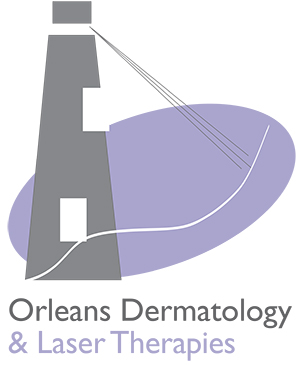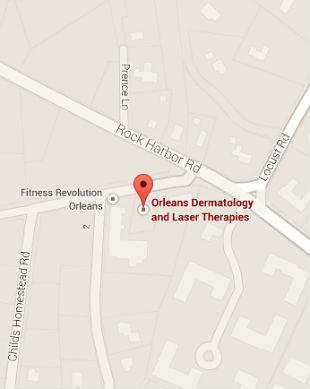Our Procedures
Skin Cancer Screening and Dermoscopy
To adequately evaluate the structure of your skin lesions, a dermascope is used. This microscopy tool employs polarized light to aid Dr. Kravitz in distinguishing normal benign growths from suspicious lesions, which may require removal. This technology can reduce the rate of unnecessary biopsies and aid in the detection of skin cancers.
Cryotherapy
Liquid nitrogen may be carefully applied using a special spray gun targeting appropriate lesions; such as benign growths, viral warts, or early skin cancers on the trunk and extremities. The goal of cryotherapy is to destroy unwanted tissue by freezing and thawing the cells at subzero temperatures in therapeutic treatment cycles.
Skin Biopsies
Growths are removed under local anesthesia at our office and sent to dermatopathology experts. Diagnoses and recommendations are reviewed with patients at their wound check appointment, which normally occurs within 9 days of the biopsy.
Laser and IPL Treatments
Alma Laser and Quanta Laser equipment are used to remove birth marks or congenital lesions, benign growths, acne and other scarring, facial spider veins, cherry angiomas, and treat photo damaged skin.BLU-light Treatments
This treatment uses a non-ultraviolet component of sunlight, which is referred to as "BLU-light". A series of these treatments can be effective in destroying the type of bacteria commonly contributing to acne, Propionibacterium acnes.
Photodynamic Therapy
Our treatment combines microdermabrasion skin preparation with the application of a medicine called "Levulan". Patients allow the medicine to be metabolized by abnormal cells within the targeted area, which may take as long as 2 hours. This treatment targets precancerous and early non-melanoma skin cancers, enlarged sebaceous glands, and acne, which are destroyed when a BLU-light wavelength is administered for 16 minutes and 40 seconds at the end of your waiting period in our office. Complete avoidance of sunlight, fluorescent light, and halogen light for 48 hours following treatment is a must.
Electrodessication and Curettage
Small appropriately selected growths may be removed by Dr. Kravitz scraping with a surgical tool called a curette, prior to application of electrical coagulation via a tool called a hyfrecator.
Mole Tracking
Orleans Dermatology & Laser Therapies utilizes the state of the art Modernizing Medicine record & photographic capabilities to capture detailed features of atypical moles. This allows us to know at subsequent appointments whether or not changes indicating malignancy are taking place. The ability to track your moles not only facilitates timely intervention, but it reduces the frequency of unnecessary biopsies.
Microdermabrasions
This safe method of gently removing dead excess tissue of the stratum corneum can be very effectively combined with other treatments for patients with either acne or excessively photo aged skin.
Prescription Medications
Dr. Kravitz may find it necessary to prescribe a medication regimen for your condition. Normally she does this via electronic transmission to your pharmacy, which generally occurs prior to the conclusion of your visit. If an injected medication is needed, such as injections of Botox for Hyperhidrosis (excessive sweating) or Kenalog for keloids or acne, these will be administered by Dr. Kravitz at your appointment.
Referrals for Surgery, Allergy Testing, or Genetic Testing
All needed patient requested referrals are accompanied by visit notes, labs & dermatopathology reports, and pertinent photographs to assist specialists participating in your care. We are also happy to send a copy to of your records to your primary care provider, with your approval. Referrals are typically processed by our medical staff within 24 hours of your visit.
Skin Care Education
Our patient education hand outs are typically printed from the National Library of Medicine endorsed source: Visual Diagnostics, which is a component of our medical records system. This means that the information we provide you is constantly updated and reflects current national standards of care for dermatologic conditions.


